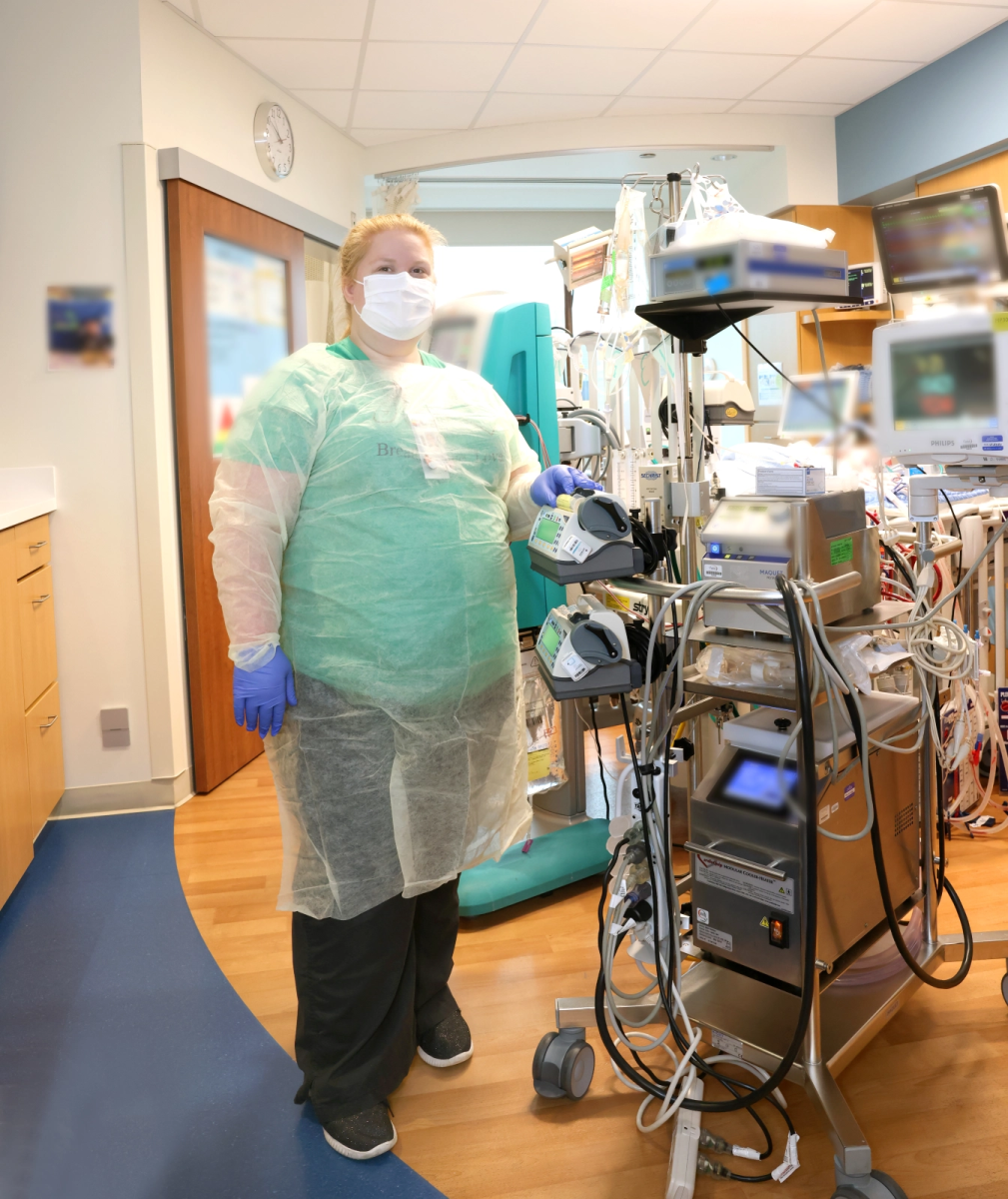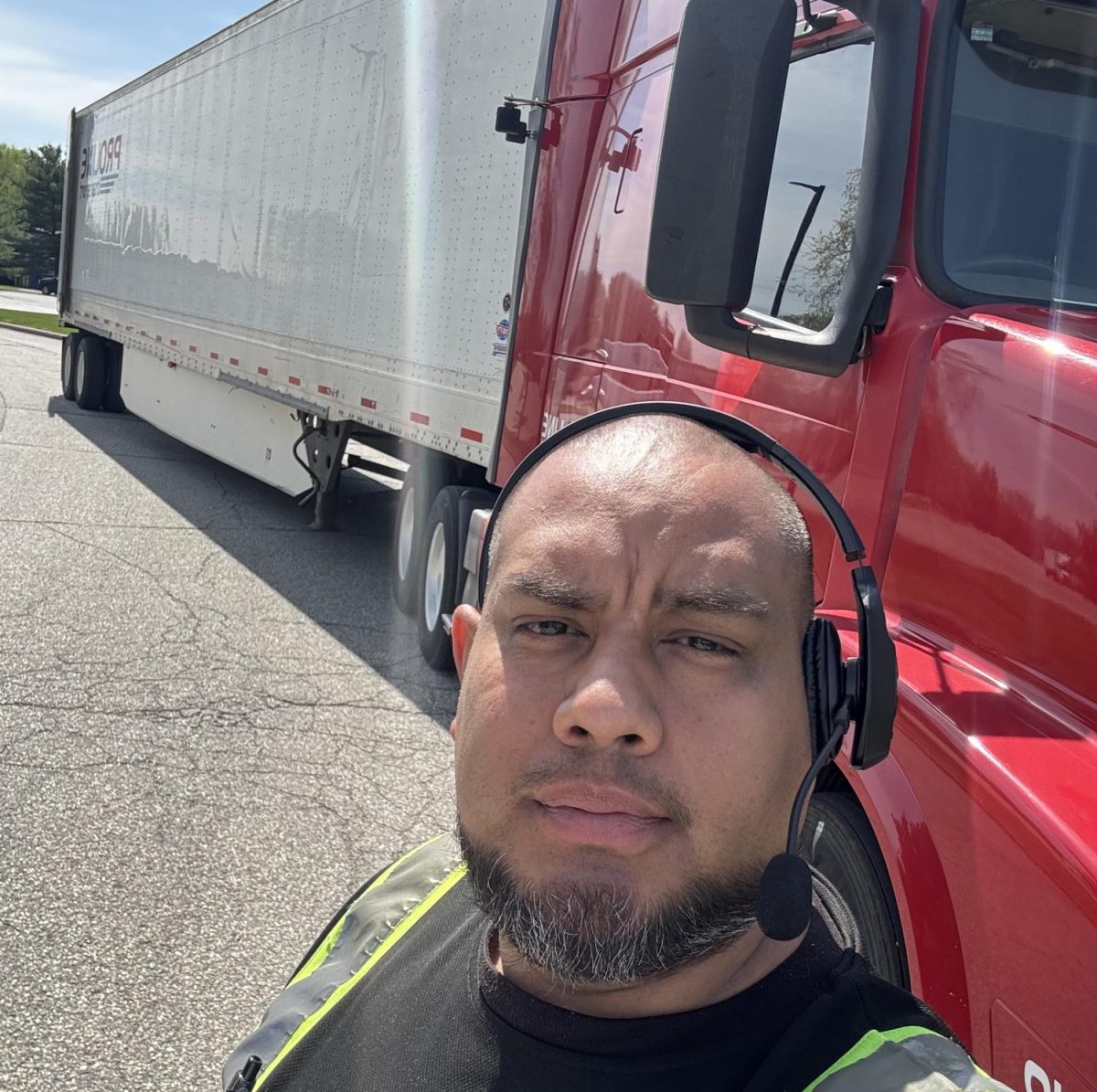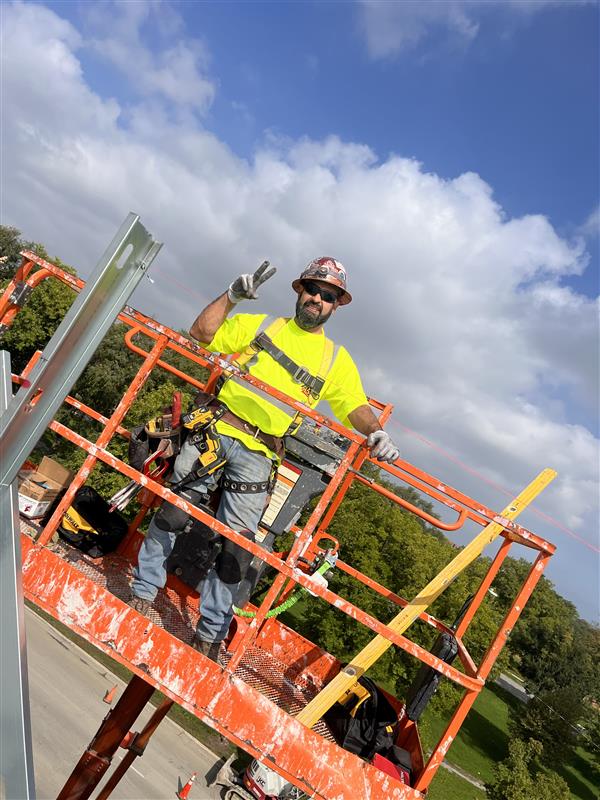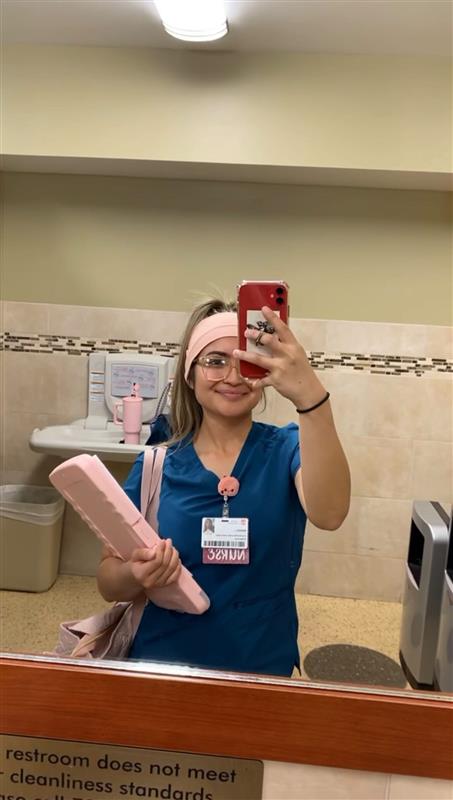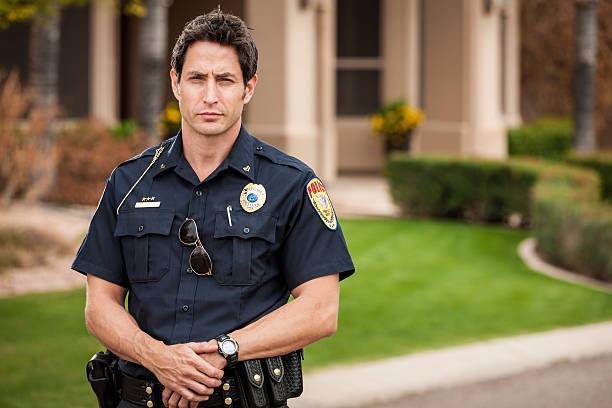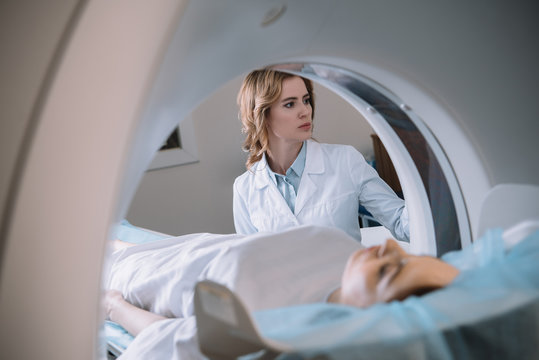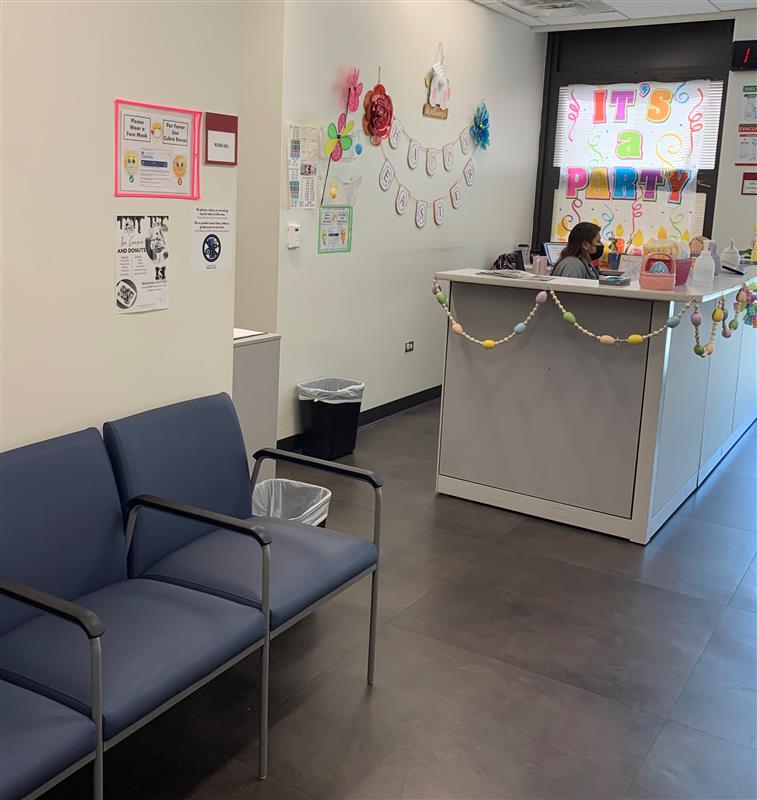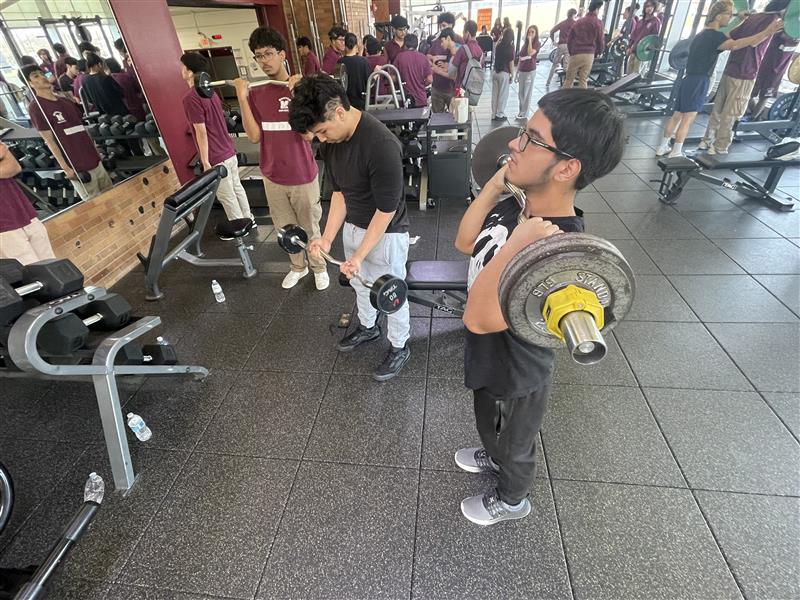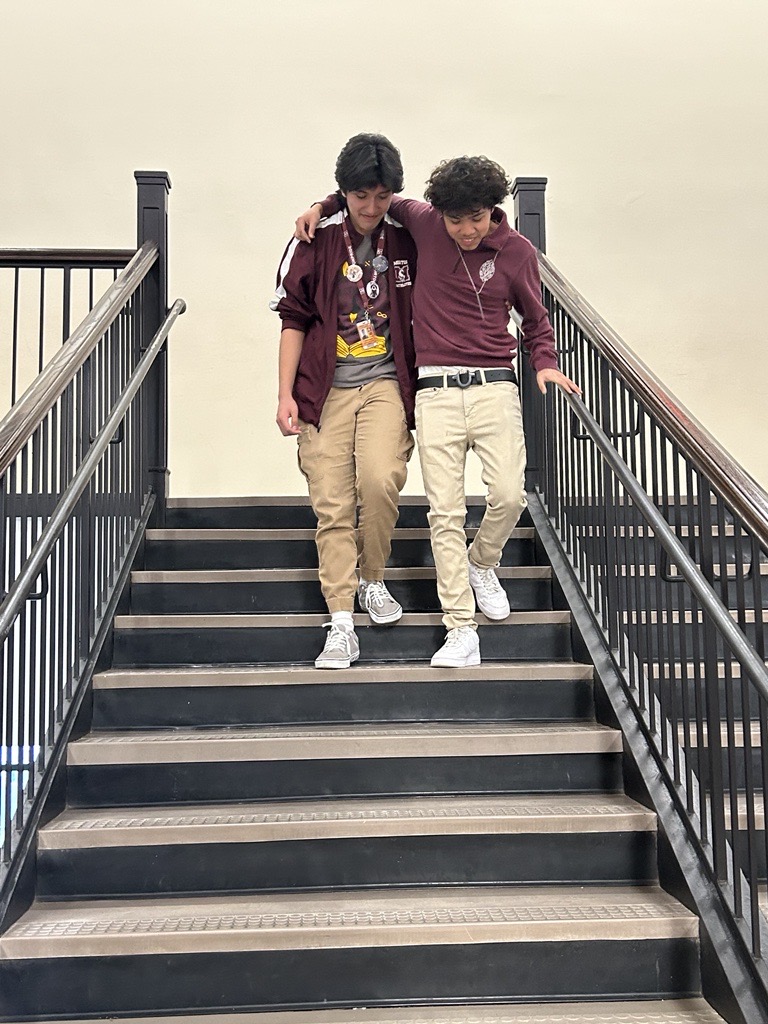Ashley Young is a Respiratory Therapist at Ann & Robert H. Lurie Children’s Hospital of Chicago. These are some questions I asked her and this is what she answered.
Q: What inspired you to become a respiratory therapist?
A: I always knew I wanted to do something that helps people. My older sister is a respiratory therapist, and I look up to her a lot, so that’s where it started. When looking at different medical careers, respiratory therapy was enticing because it’s a two-year degree with a good salary. You play a large role in patient care, and there’s job security. It also helped that I had a built-in tutor if I needed one!
Q: Can you explain the most common conditions you treat?
A: I work with pediatric patients in a Cardiac Intensive Care Unit, so most of my patients have congenital heart defects.
Q: What are the key skills needed to be successful in this field?
A: Teamwork is my strongest skill. I’m just one small part of a patient’s care team. We all work together to help our patients get better and go home. All the parts are important together, but insignificant alone.
Q: How do you stay updated with the latest advancements?
A: I work in a teaching hospital, so there are always opportunities to learn. There are also local, regional, and national conferences that help you stay up to date—and they’re fun, too!
Q: What does a typical day look like for you?
A: I work 12-hour day shifts, from 7 a.m. to 7:30 p.m. I start by getting a report from the night shift and quickly learning about my patients and their scheduled therapies. I spend most of the day providing care, completing therapies, and charting what I’ve done, while trying to stay flexible. I end my shift by giving report to the next shift.
Q: How do you handle difficult situations with patients or families?
A: Difficult situations do come up. I remind myself that even though this might be a small part of my regular day, for patients and families, it might be the worst day of their lives. It’s never personal—and being part of a team provides some support when handling these moments.
Q: What advice would you give someone considering a career in respiratory therapy?
A: There are so many career opportunities in this field, even though it’s less known than nursing. Don’t be afraid to shadow a respiratory therapist to see if it’s something you’d really enjoy. And when you’re in school, clinicals are a great time to “test out” different opportunities.
Q: Can you share a memorable experience you’ve had with a patient?
A: I’m often part of helping parents hold their baby for the first time while the baby is on life support. It’s so meaningful to help them do something “normal” in such an abnormal situation.
Q: What role does technology play in your daily work?
A: All day, every day! The life support machines I manage are all based on technology. We use monitors to check that the machines are working, computer systems for charting, and communication tools like phone systems to talk with the care team. Technology is everywhere in what we do.
Q: How do you ensure patient comfort during treatments?
A: I think it starts with the basics: introduce yourself and explain what you’re doing. Even sedated patients can hear you, and that’s comforting to families. Because I work with kids, I include play when appropriate to ease their fear. I also involve families when I can. Most patients are on monitors, so I can track how well they’re tolerating treatment. And, just like everything else, I work with the care team to make sure treatments are both effective and appropriate—and we constantly reevaluate.


